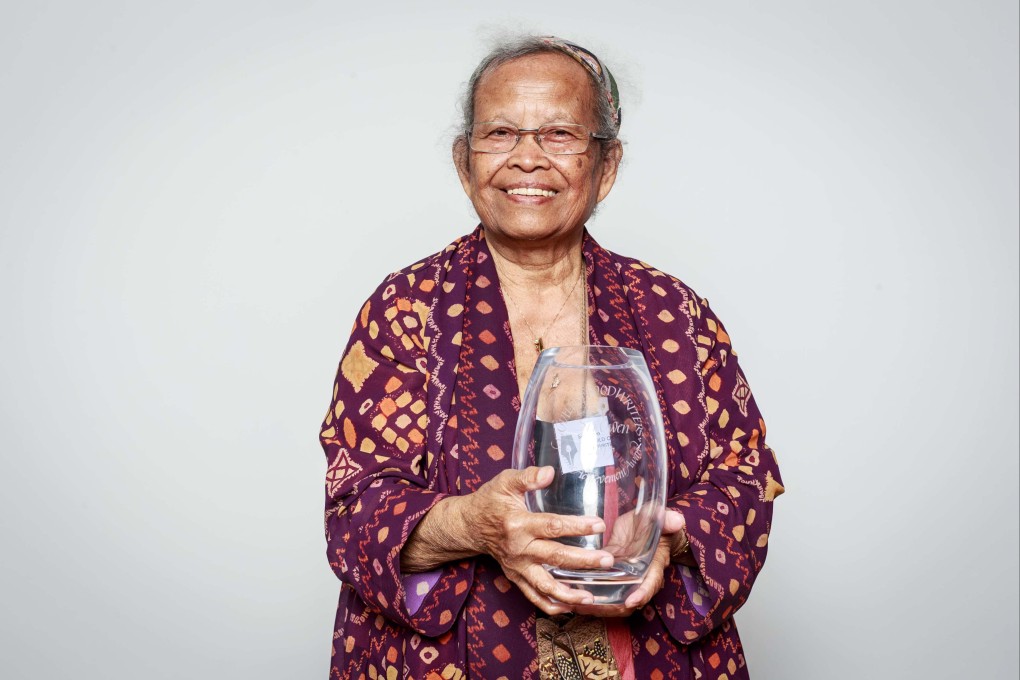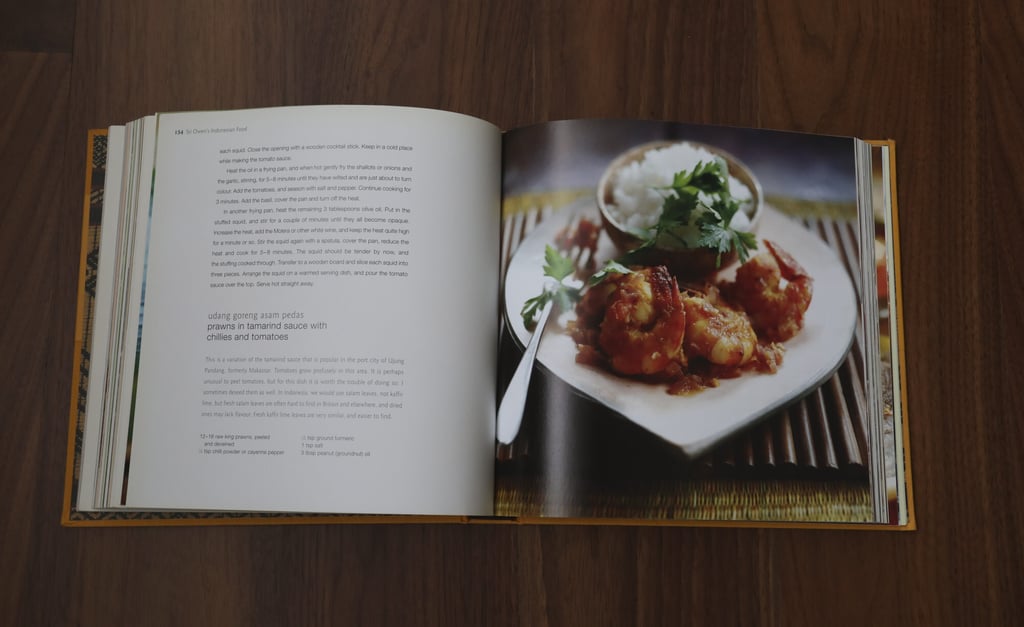Chicken soup, gado gado, beef rendang and more: Indonesian food writer Sri Owen’s favourite recipes from a lifetime in the kitchen
- In Sri Owen’s Indonesian Food, the author tells of going from watching her grandmother prepare dishes in the family’s primitive kitchen to cooking them herself
- The recipes are divided according to the chapters of her life, and include staple dishes and those for celebrations and special occasions

Sri Owen has led a fascinating life. She was born in West Sumatra, Indonesia, in 1935, four years before the start of World War II, to a wealthy family that was forced to move around because of the Dutch and Japanese occupations. She took a degree in English literature and worked as a librarian, a junior lecturer and an interpreter, before meeting and marrying a British university lecturer, who was in Indonesia on a three-year contract. They moved to London, where Owen worked for the BBC’s Indonesian Service for nearly 20 years.
Through it all, she loved food. First just eating it, then going into the kitchen to watch her grandmother prepare dishes, and then, after she married, starting to cook herself.
In the introduction to Sri Owen’s Indonesian Food (2008), the author writes, “My childhood, to the age of seven, was comfortable and happy. My favourite haunt was my grandmother’s kitchen, and the first recipes in this book are memories of that time.
“Although we were relatively wealthy and high status (which counts for more than wealth) and even though we had a large house with a number of poorer relatives to do the household chores [for no Minang would dishonour himself or another by paying, or being paid, for domestic service], the kitchen would today be called primitive. There was no gas, electricity or running water.

“It was separate from the house to reduce the risk of fire and, as far as possible, preparation and cooking was done in the open air, where we could enjoy the cooling breeze.